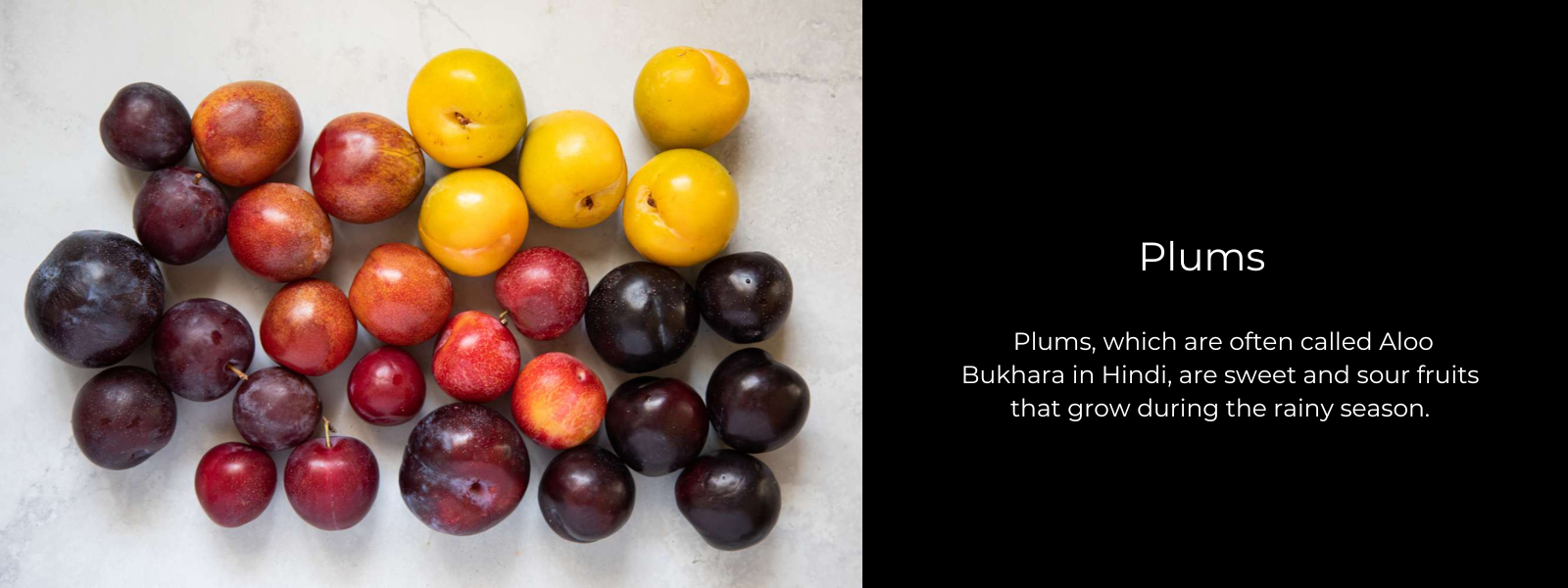Garcinia indica, also known as kokum, is a tropical summer fruit that tastes sour. The tiny, round kokum fruit is bright red while it is still on the tree. Once it has ripened and dried, it turns a dark purple, almost black, colour. The kokum tree is native to India and grows in large numbers near the Western Ghats.
Dried kokum fruit is often used in regional dishes, where it mostly adds a sour taste. Fresh kokum juice is served cold in the summer as a refreshing drink. In reality, the seeds of the kokum fruit, like the rest of the fruit, are very rich in nutrients and can help your body's natural defences in many ways.
Table of Contents
What is Garcinia indica?
Garcinia indica is a fruit-bearing tree in the mangosteen family (Clusiaceae). It is also known as kokum. It can be used in food, medicine, and industry. The Garcinia Indica plant, which is also called Vrikshamla in Ayurvedic medicine, grows in the Western Ghats of India and the Andaman Nicobar Islands.
The fruits of this fast-growing bush are small and bright red (similar in size between plums and cherry tomatoes). Most of the time, the skin of this fruit is taken off after it has dried in the sun. The dried skin is turned into a powder that is sour and tastes good. This spice is used all over India because it is an important part of many Indian curries. Also, the fruit can be eaten whole and is thought to have a number of health benefits.
Nutritional value of Garcinia indica:
Garcinia indica is full of good things for your body. Kokum is a good source of energy because it has 60 calories per 100 grams. Even though kokum is low in calories and fat, it is a good source of fibre, with about 2 grams of fibre per 100 grammes. It is a good source of vitamin A, vitamin B3, vitamin C, folic acid, calcium, iron, potassium, magnesium, manganese, zinc, and folic acid. There are also acetic acid and hydroxycitric acid in kokam or Garcinia indica.
Culinary use of Garcinia indica:
To make aamsul or kokam, the sun is used to dry the fruit's skin. In Maharashtra, Karnataka, Goa, and Gujarat, it is used as a sour agent. Kokum has a strange taste and a deep red colour. As a way to add sourness, it is used instead of tamarind in curries and other south Indian dishes. It is also used in Gujarati food, where it is often added to dal (lentil soup) to give it more flavour and a tart taste. It is used a lot in Assamese cooking, especially in sour fish curry (masor tenga) and tenga dali (sour dal).
The kokum rinds in the vessel on the right are used to make the syrup in the vessel on the left. Kokum sherbet is made with the syrup.
The fresh fruit is preserved with sugar to make a bright-red squash. This squash is mixed with water and put into bottles to sell as a drink called Kokum Sarbat.
In Konkani and Marathi, the fruit's juice is called aagul. It is added when making solkadhi, which could also have coconut milk, coriander, and garlic.
How to eat Garcinia indica?
There are many ways to use Garcinia indica. You can eat it fresh, dry it, put it in water to make an infusion, or use it in cooking. This ingredient is very versatile, just like tamarind, which can be used to add a sour taste to any dish. It goes well with coconut, fish, ladies' fingers (bhindi), dal, chutney, pickle, and potato. The kokum flower is often used in stews because it gives them a sour taste. Read on to learn about some real Indian dishes that use kokum.
Health benefits of Garcinia indica:
1. Garcinia indica helps with digestion:
Garcinia indica has been recommended for hundreds of years as a way to improve digestion and ease acid attacks, along with the heartburn and stomach pain they cause. Ayurveda says that drinking kokum juice, which is made from ground dried kokum fruit, can help improve the digestive fire (agni) and strength (pachan shakti).
2. Garcinia indica can improve your mood:
If you're feeling sad, anxious, or tense, the kokum fruit can help you feel better by calming your mind and lifting your spirits. The "happy hormone," serotonin, goes up when you eat kokum, making you feel good about yourself and the world. Researchers have found a link between a rise in serotonin levels and a drop in both stress and bad feelings.
3. Garcinia indica Reduces inflammation:
Research shows that kokum can reduce inflammation and allergy symptoms. This is because phenolic chemicals are found in the kokum fruit. So, several ayurvedic treatments use kokum. Garcinia indica can be used to treat a wide range of wounds, such as burns, cuts, scrapes, and eczema, because it can reduce inflammation.
4. Garcinia indica helps you lose weight:
If you work out regularly and eat well but still can't get your weight under control, try Garcinia indica. The hydroxy citric acid in this locally grown fruit's peel has been shown to help people lose weight. How, if you don't mind. In fact, it helps you lose weight in a number of ways, such as by burning more fat and making you feel less hungry. The kokum seed is also low in calories and has no fat. Since this is the case, it works well as a way to help reach goals like losing weight.
5. Garcinia indica helps control diabetes:
Even if you are just on the edge of being diabetic, eating kokum can be good for you. Because kokum is an antioxidant and an anti-diabetic, it can help control glucose levels. So, it can help people with type 2 diabetes whose bodies have stopped making enough of their own enzymes. The nutrients and chemicals in kokum help improve metabolism, which helps digestion and insulin do its job. Both of these things are important for keeping blood sugar levels healthy and taking care of diabetes.












Leave a comment